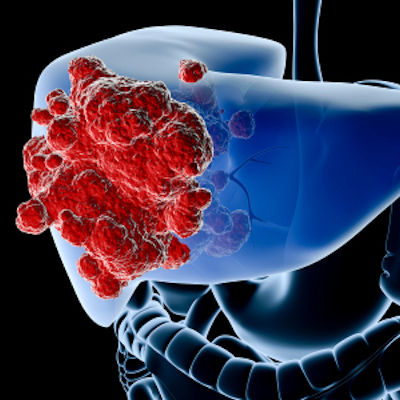 Hormone restrains growth of liver tumors in mice, offers therapeutic targets
Hormone restrains growth of liver tumors in mice, offers therapeutic targets
University of Michigan researchers have identified in a mouse study a hormone -- neuregulin 4 -- that serves as a checkpoint for the progression of nonalcoholic steatohepatitis and appears to have potential as a treatment for hepatocellular carcinoma, the most common type of primary liver cancer. Read More
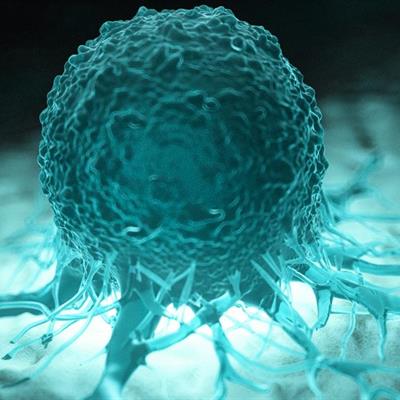 Synthesis breakthrough opens door to development of natural product as cancer therapy
Synthesis breakthrough opens door to development of natural product as cancer therapy
Princeton University scientists have halved the number of steps needed to synthesize pleurotin, setting the stage for work to realize the anticancer and antibiotic potential of the molecule. Read More
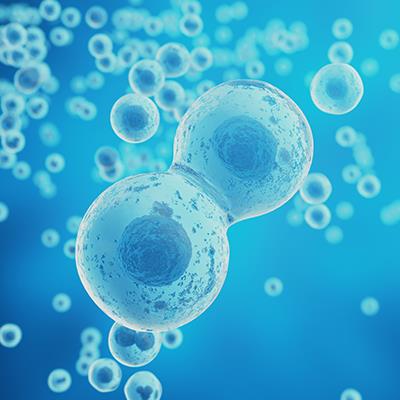 Discovery of widespread DNA damage in stem cell lines spurs call for pre-use sequencing
Discovery of widespread DNA damage in stem cell lines spurs call for pre-use sequencing
More than 70% of stem cell lines derived from human skin cells have damage to their DNA that could compromise their use in research and cell-based therapies, according to a study published August 11 in Nature Genetics. Read More
 Repurposed drug shows promise in animal studies as potential therapy for ALS
Repurposed drug shows promise in animal studies as potential therapy for ALS
A drug used to treat enlarged prostates and high blood pressure could help to slow the progression of motor neuron disease, which is also known as amyotrophic lateral sclerosis (ALS), a fatal neurodegenerative disorder. Read More
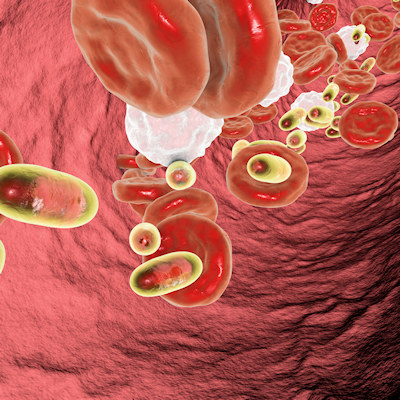 Nanoparticles protect mice from blood vessel rupture, offers potential therapy for abdominal aortic aneurysms in humans
Nanoparticles protect mice from blood vessel rupture, offers potential therapy for abdominal aortic aneurysms in humans
Administration of small interfering RNA nanoparticles has protected mice from sudden death due to the rupture of a major blood vessel in the abdomen, setting the stage for research that could ultimately enable treatment for people at risk of life-threatening abdominal aortic aneurysm. Read More
 New molecular editing strategy empowers chemists to create novel drug candidates
New molecular editing strategy empowers chemists to create novel drug candidates
A new unified late-stage “molecular editing” strategy to directly modify bicyclic aza-arenes could enable chemists to synthesize a more diverse range of drug candidates. Read More
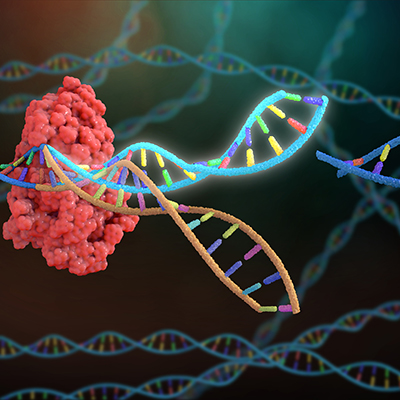 CRISPR-Cas9 gene editing can give rise to cell toxicity, genomic instability: study
CRISPR-Cas9 gene editing can give rise to cell toxicity, genomic instability: study
Gene editing using CRISPR-Cas9 can lead to cell toxicity and genome instability depending on the targeted spot of the human genome, according to a new study by researchers at the Institute for Research in Biomedicine Barcelona. Read More
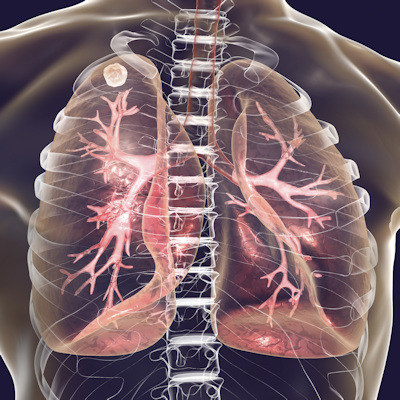 Preclinical data on long-acting tuberculosis drug raises hopes for simplified treatment
Preclinical data on long-acting tuberculosis drug raises hopes for simplified treatment
A long-acting injectable formulation of rifabutin has delivered high plasma concentrations for 16 weeks in mice, resulting in the prevention of tuberculosis and the clearing of the pathogen from the lungs. Read More
 Hydrogel proves to be immunity-boosting postoperative treatment in mouse models of human glioblastoma
Hydrogel proves to be immunity-boosting postoperative treatment in mouse models of human glioblastoma
A new injectable hydrogel developed by University of Wisconsin-Madison researchers has been successfully used as an immunity-boosting postoperative treatment in mouse models of human glioblastoma, one of the most complex, deadly, and treatment-resistant cancers that begin within the brain. Read More
 NIH team creates 3D structure of twinkle protein, sheds light on mitochondrial diseases
NIH team creates 3D structure of twinkle protein, sheds light on mitochondrial diseases
Researchers from the National Institutes of Health (NIH) have used cryo-electron microscopy and other techniques to create a 3D structure of the twinkle protein, the final piece of the human minimal mitochondrial replisome to be structurally characterized. Read More
Member Rewards
Earn points for contributing to market research. Redeem your points for merchandise, travel, or even to help your favorite charity.
Research Topics
Interact with an engaged, global community of your peers who come together to discuss their work and opportunities.
Connect
Tweets by @ScienceBoard



